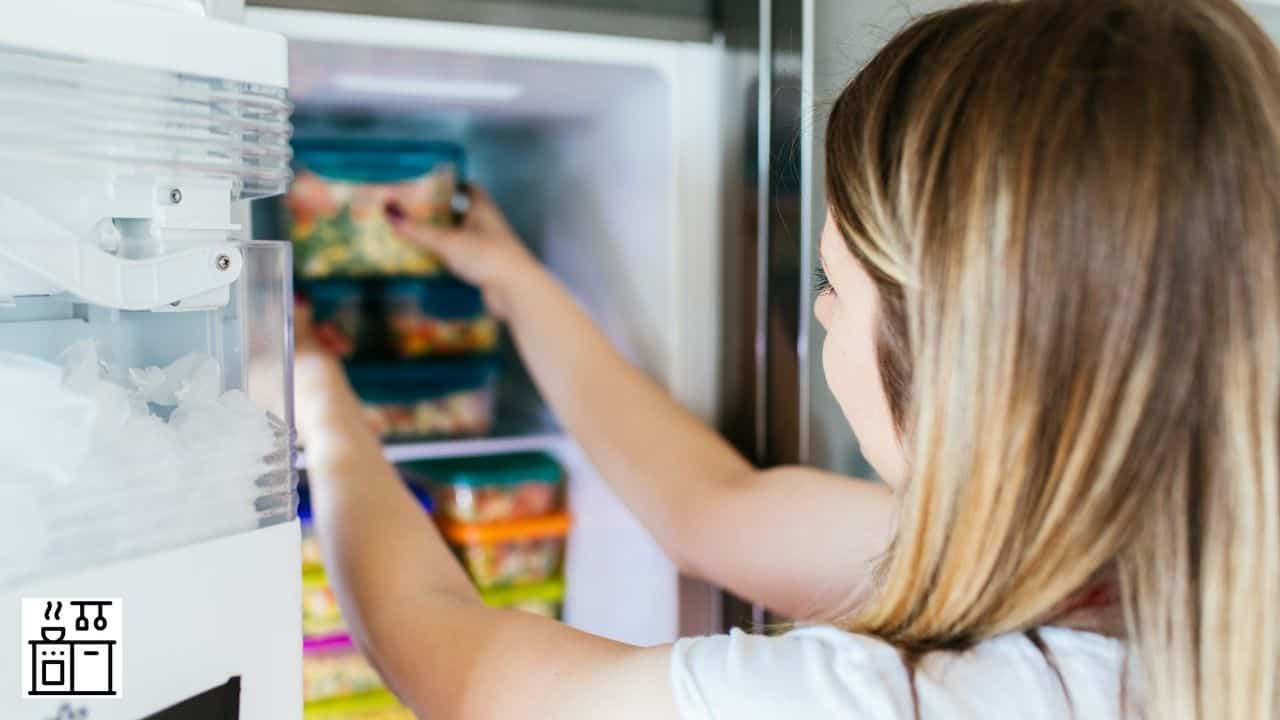

Articles
How Many Amps Does A Freezer Use
Modified: February 27, 2024
Discover the power usage of freezers with this informative article. Learn how many amps a freezer typically uses and what factors can affect its energy consumption.
(Many of the links in this article redirect to a specific reviewed product. Your purchase of these products through affiliate links helps to generate commission for Storables.com, at no extra cost. Learn more)
Introduction
Welcome to this informative article on freezer amp usage! If you’ve ever wondered how many amps does a freezer use, you’ve come to the right place. Understanding the electrical consumption of your freezer is essential for managing your energy usage and ensuring its efficient operation. In this article, we will delve into the world of amps and explore the factors that affect freezer amp usage. Whether you’re a homeowner looking to reduce your energy bills or a business owner managing a commercial freezer, this article will provide valuable insights.
Before we dive into the details, let’s briefly understand what amps are and why they matter when it comes to your freezer. Amps, short for amperes, measure the electrical current flowing through a circuit. In simpler terms, amps are a unit of measurement that indicates how much electricity is being consumed by a device or appliance. Knowing the amp rating of your freezer is crucial because it helps you understand its power requirements and the amount of load it puts on your electrical system.
Now that we have a basic understanding of amps, let’s explore the various factors that can affect freezer amp usage. These factors can vary depending on the type of freezer you have, its size, age, efficiency, and usage patterns. By understanding these factors, you can gain insights into how your freezer consumes electricity and make informed decisions to optimize its usage.
In the next section, we will delve deeper into the factors that influence freezer amp usage. So, let’s get started!
Key Takeaways:
- Understanding the amp usage of your freezer is crucial for managing energy consumption and making informed decisions to optimize efficiency and lower overall energy costs.
- Choosing an energy-efficient freezer, implementing simple yet effective practices, and being mindful of usage patterns can significantly reduce amp usage, leading to energy savings and environmental sustainability.
Read more: How Many Amps Does Alexa Use
Understanding Amps and Freezer Usage
To understand freezer amp usage, it’s crucial to have a basic understanding of amps and how they relate to electrical appliances. Amps, or amperes, measure the amount of electric current flowing through a circuit. In the context of freezers, amps indicate the rate at which electricity is consumed by the appliance.
Every electrical appliance has a specific amp rating, which indicates the maximum current draw it requires to operate effectively. The amp rating can be found on the appliance’s label or in the user manual. Knowing the amp rating of your freezer is important because it helps determine the electrical capacity needed to run it without overloading the circuit.
When a freezer is turned on, it initially draws a higher amount of current to start up its compressor and cooling system. This is known as the startup or surge current. Once the freezer reaches its desired temperature, the compressor cycles on and off to maintain the set temperature. During this cycle, the freezer draws an average current that is lower than the startup current.
The actual amp usage of a freezer can vary depending on its size, age, efficiency, and usage patterns. Larger freezers generally have higher amp ratings as they require more power to cool a larger space. Older freezers may also have higher amp usage due to less efficient cooling systems. Additionally, how frequently you open and close the freezer door can impact its electrical consumption.
It’s worth noting that the amp rating of a freezer is different from its energy consumption, which is measured in kilowatt-hours (kWh). Although amps indicate the rate of electrical consumption, energy consumption takes into account the duration of usage. To calculate the energy consumption of your freezer, you multiply its amp rating by the number of hours it operates.
Understanding the relationship between amps and energy consumption is important for managing your overall electricity usage and controlling energy costs. By being aware of the amp rating of your freezer and monitoring its usage patterns, you can make informed decisions to optimize its operation and reduce energy waste.
In the next section, we will explore the factors that can affect the amp usage of freezers in more detail. Understanding these factors will help you gain insights into the factors that influence freezer amp usage.
Factors Affecting Amp Usage in Freezers
Several factors can affect the amp usage of freezers. Understanding these factors will help you gain insights into the reasons why your freezer may be drawing more or less amps than expected. Let’s explore some of the key factors below:
- Freezer Size: The size of a freezer plays a significant role in its amp usage. Larger freezers generally have higher amp ratings as they require more power to cool a larger space. If you have a larger freezer, it’s important to ensure that your electrical system can handle the amp load it requires.
- Freezer Age: The age of a freezer can also impact its amp usage. Older freezers may have less efficient cooling systems, leading to higher amp consumption. If you have an older freezer, it’s worth considering upgrading to a newer, more energy-efficient model to reduce amp usage and save on energy costs.
- Efficiency Rating: The efficiency rating of a freezer, often indicated by the Energy Star label, can give you an idea of how energy-efficient the appliance is. Energy-efficient freezers are designed to consume less electricity while still providing optimal cooling performance. Choosing a freezer with a higher efficiency rating can help reduce amp usage and save on energy bills in the long run.
- Usage Patterns: How you use your freezer can impact its amp usage. Opening and closing the freezer door frequently, or leaving it open for extended periods, can cause the compressor to work harder to maintain the desired temperature. This can result in higher amp draw. To minimize amp usage, try to reduce the frequency of door openings and avoid leaving the door open for extended periods of time.
- Cooling Environment: The environment in which the freezer is located can also affect its amp usage. Placing the freezer in a well-ventilated area away from heat sources, such as direct sunlight or other appliances, can help the cooling system operate more efficiently. This, in turn, can reduce the amp draw of the freezer.
By considering these factors and taking necessary measures, you can optimize the amp usage of your freezer and reduce energy waste. In the next section, we will explore the average amp usage of freezers to give you a better idea of what to expect in terms of electrical consumption.
Average Amps Drawn by Freezers
The average amps drawn by freezers can vary depending on factors such as size, efficiency, age, and usage patterns. While it’s difficult to provide an exact number that applies to all freezers, we can provide a general range to give you an idea of what to expect.
For smaller, residential freezers with a capacity of around 10 to 15 cubic feet, the average amp usage typically falls between 1.5 to 2.5 amps during normal operation. Keep in mind that this is an average measurement, and the actual amp usage can fluctuate based on various factors.
Larger residential freezers, ranging from 15 to 20 cubic feet, may draw an average of around 2.5 to 3.5 amps. Commercial freezers, which are typically larger and designed for high-capacity storage, can have amp ratings ranging from 3 to 6 amps or more.
It’s important to note that these are approximate values, and the exact amp usage can vary depending on the specific make and model of the freezer. Additionally, different freezer features, such as automatic defrost systems or ice makers, can increase amp draw during specific operation cycles.
Monitoring the amp usage of your freezer is helpful in understanding its electrical consumption and identifying any significant changes. If you notice a sudden and significant increase in amp draw, it may indicate an issue with the freezer’s cooling system, such as a refrigerant leak or a faulty compressor. In such cases, it’s advisable to seek professional assistance for diagnosis and repairs.
It’s worth mentioning that if you’re concerned about the energy efficiency of your freezer, you can look for models with an Energy Star certification. These freezers are designed to meet strict energy efficiency standards and can help reduce energy consumption and lower your electricity bills.
Keep in mind that the amp usage mentioned here is for the actual operation of the freezer and does not take into account the startup or surge current that occurs when the freezer is turned on. The startup current can be higher than the average amp usage for a brief period and then stabilize at the normal operating amperage.
In the next section, we’ll explore the relationship between energy efficiency and freezer amp usage, providing tips to reduce amp usage and optimize energy consumption.
Check the label or manual of your freezer to find the amperage rating. Typically, a small freezer uses around 2-3 amps, while larger ones can use 6-8 amps. Always use the appropriate circuit and outlet to avoid overloading.
Energy Efficiency and Freezer Amps
When it comes to freezer amp usage, energy efficiency plays a crucial role. Energy-efficient freezers are designed to consume less electricity while still providing optimal cooling performance. By choosing an energy-efficient model, you can reduce the amp usage of your freezer and lower your overall energy costs.
Energy-efficient freezers often come with an Energy Star certification, which indicates that they meet specific standards for energy efficiency set by the Environmental Protection Agency (EPA). These freezers are designed to use less energy without compromising their cooling capabilities.
One of the key features of energy-efficient freezers is their insulation. They are built with high-quality insulation materials to minimize heat transfer, which helps maintain a consistent temperature inside the freezer. By reducing the workload on the compressor, energy-efficient freezers can draw fewer amps, resulting in lower energy consumption.
Another feature of energy-efficient freezers is the use of advanced compressor technology. These freezers are equipped with compressors that are designed to operate more efficiently, using less energy to cool the freezer. These compressors are often quieter and generate less heat, further contributing to energy savings.
In addition to insulation and compressor technology, energy-efficient freezers may also feature smart controls and sensors. These controls help optimize the cooling process by adjusting the compressor speed and temperature settings based on the load and ambient conditions. This allows the freezer to operate at its most efficient level, reducing amp usage and energy waste.
When shopping for an energy-efficient freezer, look for models with a higher Energy Star rating. Most Energy Star-rated freezers are designed to be at least 10% more energy-efficient than non-certified models. The higher the Energy Star rating, the more efficient the freezer is likely to be.
It’s important to note that while energy-efficient freezers can help reduce energy consumption, they may have a slightly higher upfront cost compared to non-efficient models. However, the energy savings over the lifespan of the appliance can offset the initial investment.
Along with choosing an energy-efficient freezer, there are several steps you can take to optimize the amp usage and energy consumption of your freezer. We will explore these tips in the next section.
Note: It’s important to remember that optimizing energy consumption goes beyond just the amp usage of your freezer. It also involves managing the overall energy usage in your home or business, considering factors such as insulation, lighting, and other appliances. By adopting energy-saving practices and habits, you can further reduce your environmental impact and save on energy costs.
Read more: How Many Amps Does A Cooktop Use
Tips to Reduce Amp Usage in Freezers
If you’re looking to reduce the amp usage of your freezer and lower your energy costs, here are some useful tips to consider:
- Choose an Energy-Efficient Freezer: Opt for a freezer with a high Energy Star rating. These models are designed to be more energy-efficient, consuming less electricity while still providing optimal cooling performance.
- Proper Placement: Place your freezer in a cool and well-ventilated area away from heat sources such as direct sunlight, radiators, or other appliances. This helps the freezer operate more efficiently, reducing the workload on the compressor and lowering amp usage.
- Regular Defrosting: Frost buildup in the freezer can restrict airflow and cause the compressor to work harder. Regularly defrosting your freezer can help maintain optimal cooling and reduce amp usage.
- Effective Organization: Organize the contents of your freezer to allow for proper airflow. Avoid overcrowding the freezer as it can hinder air circulation and force the compressor to work harder. Make sure there is enough space around items for cold air to flow freely.
- Keep the Door Closed: Limit the frequency and duration of door openings. Each time the freezer door is opened, warm air enters the freezer, causing the compressor to kick in and work harder to restore the temperature. This can increase amp usage. Be mindful of what you need before opening the door and close it promptly.
- Check the Door Seal: Ensure that the door seal is tight and in good condition. A faulty or deteriorated seal can allow cold air to escape, leading to increased amp usage as the compressor tries to compensate for the loss of temperature.
- Maintain Proper Temperature: Set your freezer to the optimal temperature recommended by the manufacturer. Keeping the freezer colder than necessary can lead to higher amp usage. Regularly check and adjust the temperature settings as needed.
- Keep the Freezer Clean: Regularly clean the coils and vents of your freezer. Dust and debris can accumulate on the coils, making it harder for the freezer to cool efficiently and resulting in higher amp usage.
- Avoid Overstocking: While it’s tempting to take advantage of sales and stock up on frozen items, be cautious not to overfill your freezer. Overstocking can interfere with proper airflow and cause the compressor to work harder, leading to increased amp usage.
- Consider Energy-Saving Accessories: Some energy-saving accessories, such as temperature alarms or LED lighting, can help optimize the energy consumption of your freezer. These accessories are designed to improve efficiency and minimize unnecessary power usage.
By following these tips, you can effectively reduce the amp usage of your freezer, optimize energy consumption, and lower your overall energy costs. It’s important to note that implementing these practices goes beyond just the freezer; adopting energy-saving habits throughout your home or business can have a significant impact on your environmental footprint and energy expenses.
Now that you’re equipped with these tips, it’s time to take action and start optimizing your freezer’s amp usage!
Conclusion
Understanding the amp usage of your freezer is essential for managing energy consumption and optimizing its operation. Throughout this article, we’ve explored the various aspects of freezer amp usage, including what amps are, factors that affect amp usage, average amp ratings for different types of freezers, the importance of energy efficiency, and tips to reduce amp usage.
By knowing the amp rating of your freezer and considering factors such as size, age, efficiency rating, and usage patterns, you can gain valuable insights into how your freezer consumes electricity. This knowledge allows you to make informed decisions to optimize energy consumption and lower your overall energy costs.
Choosing an energy-efficient freezer is one of the most effective ways to reduce amp usage. Energy Star-certified freezers are designed to be more energy-efficient, consuming less electricity while maintaining optimal cooling performance. Investing in an energy-efficient freezer may have a slightly higher upfront cost, but the long-term energy savings make it a worthwhile investment.
In addition to choosing an energy-efficient model, implementing simple yet effective practices can further reduce amp usage. Proper placement, regular defrosting, effective organization, minimizing door openings, checking door seals, and maintaining proper temperature are some of the key steps to optimize amp usage in your freezer.
Remember that optimizing amp usage not only benefits your energy bills but also contributes to environmental sustainability. By reducing unnecessary energy consumption, you’re helping to reduce the overall demand on power grids and combat climate change.
Now armed with a better understanding of freezer amp usage and the strategies to minimize it, it’s time to take action. Evaluate your current freezer, assess its amp usage, and implement the tips and practices outlined in this article to optimize its efficiency. By doing so, you’ll not only save on energy costs but also contribute to a greener future.
So go ahead, make informed decisions, and take control of your freezer’s amp usage to create a more energy-efficient and sustainable living or working environment.
Frequently Asked Questions about How Many Amps Does A Freezer Use
Was this page helpful?
At Storables.com, we guarantee accurate and reliable information. Our content, validated by Expert Board Contributors, is crafted following stringent Editorial Policies. We're committed to providing you with well-researched, expert-backed insights for all your informational needs.
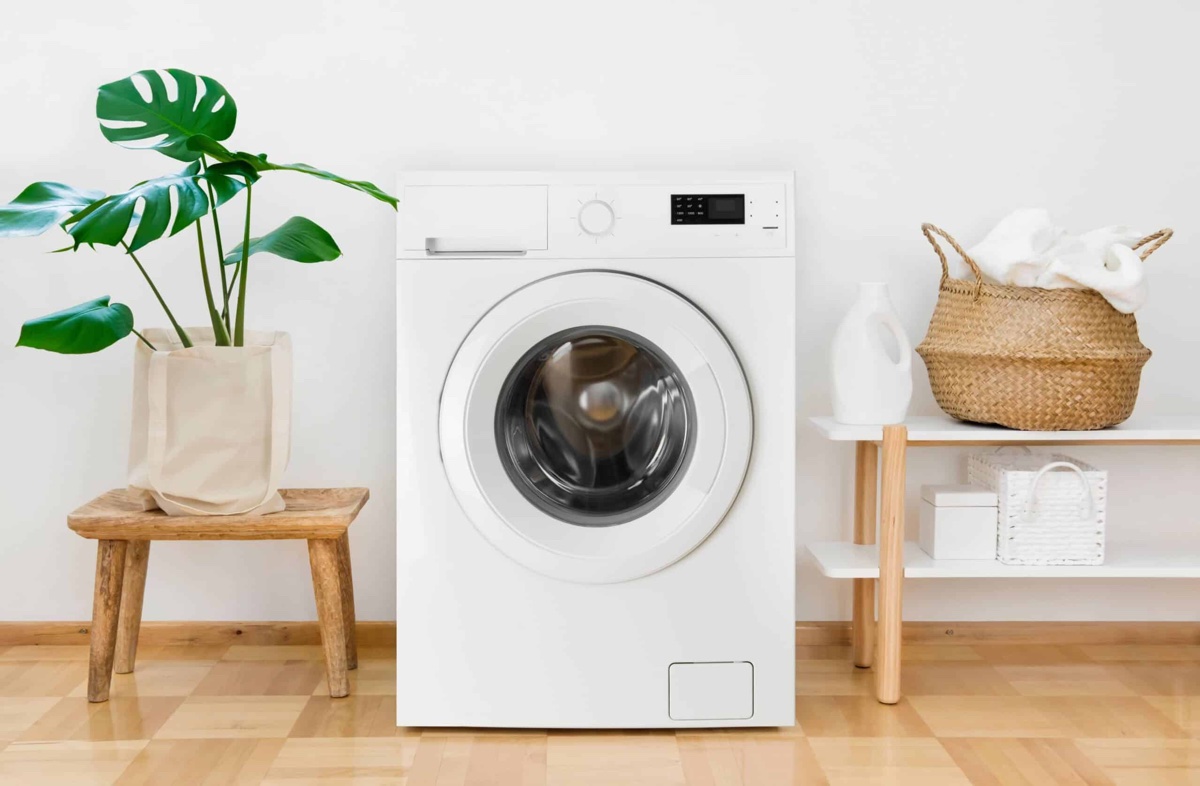
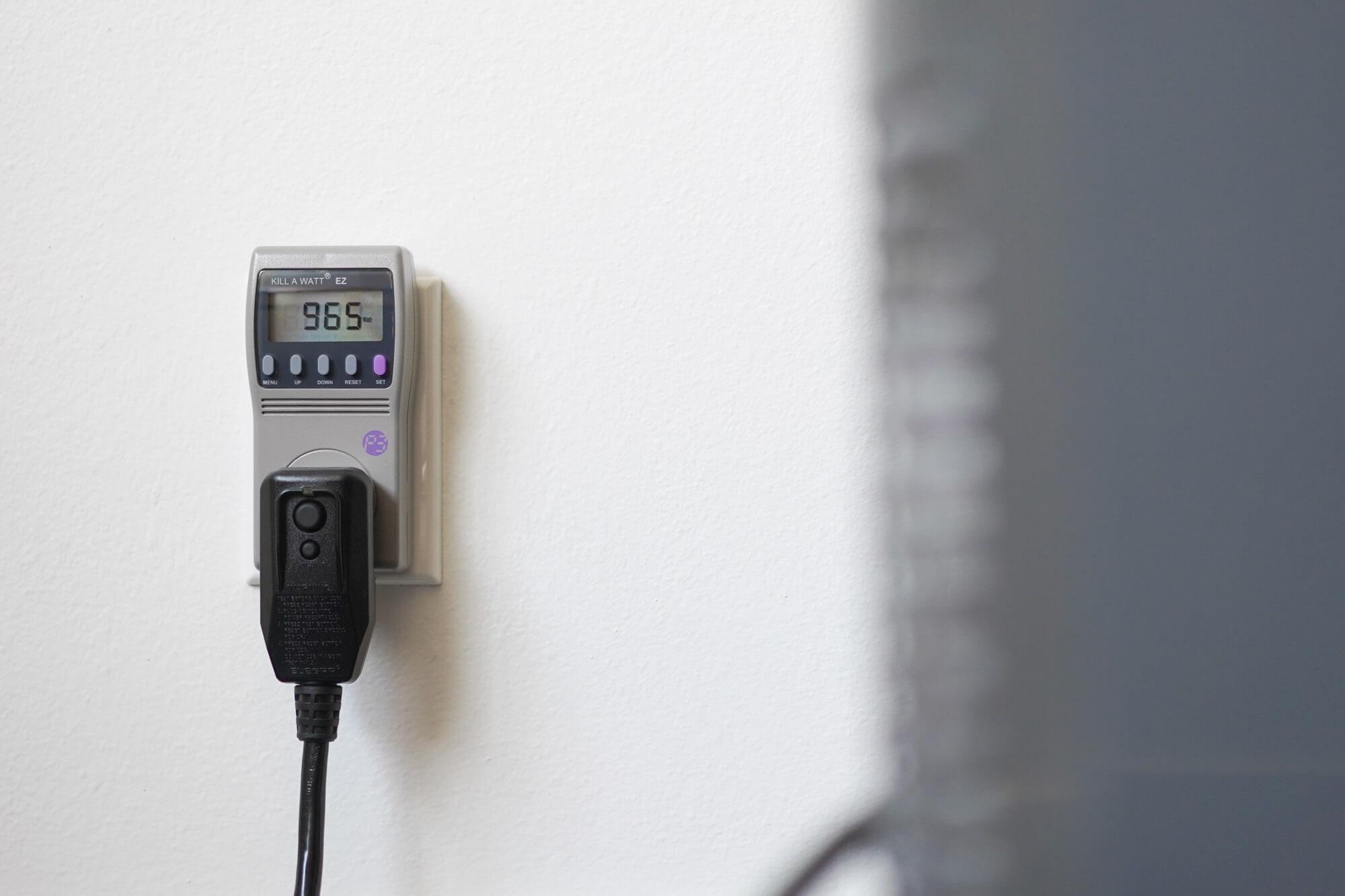
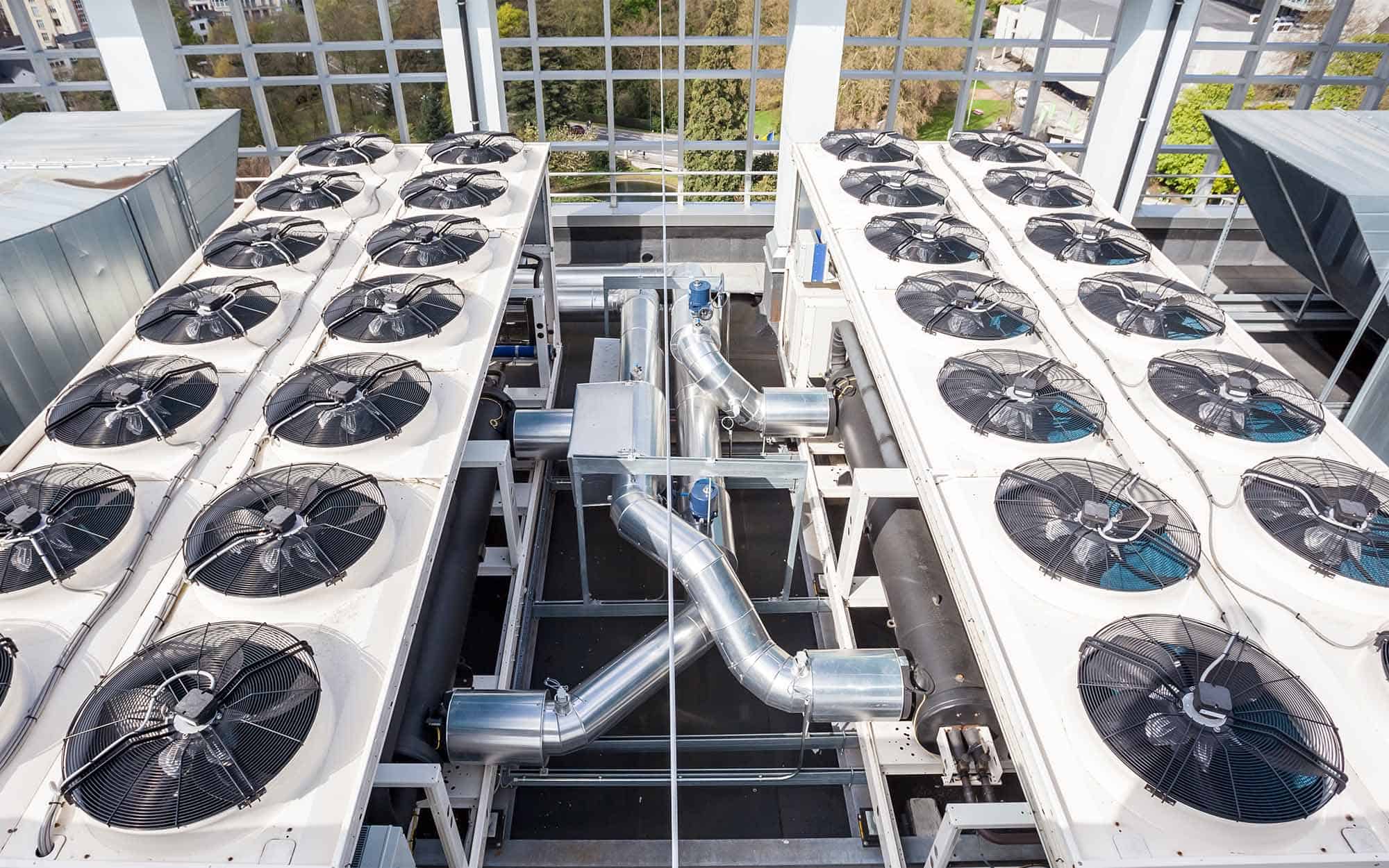
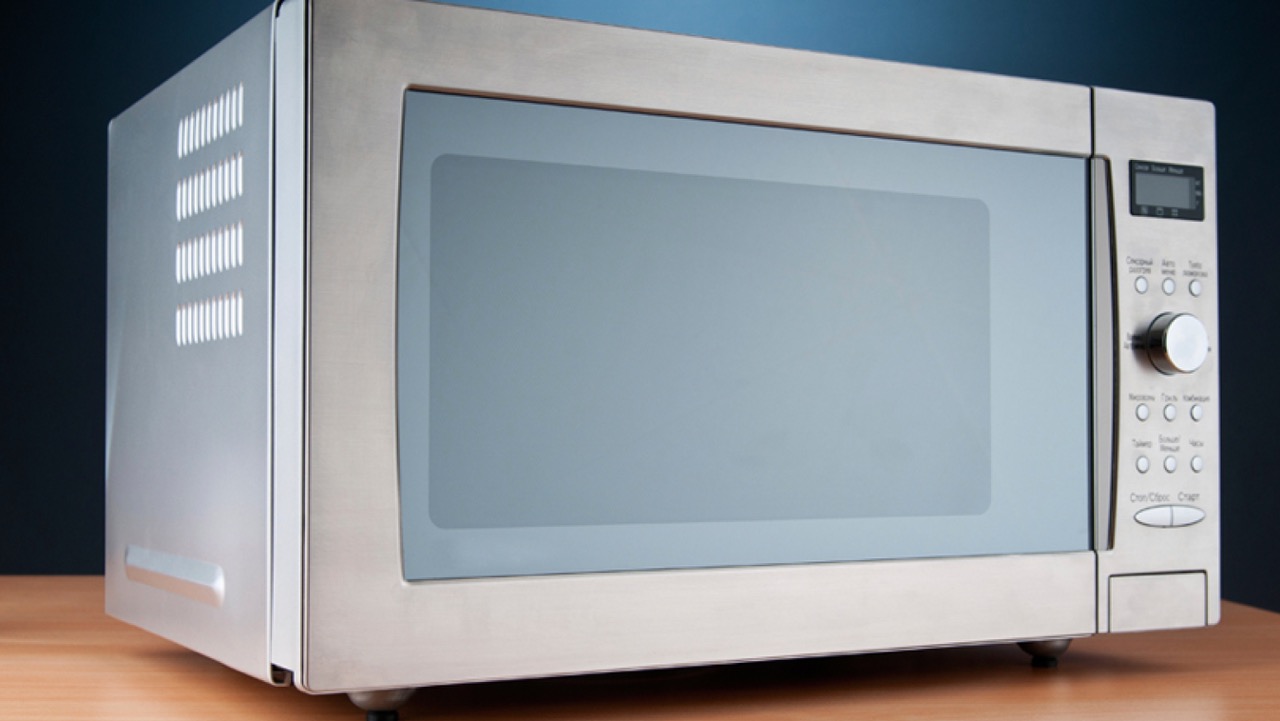
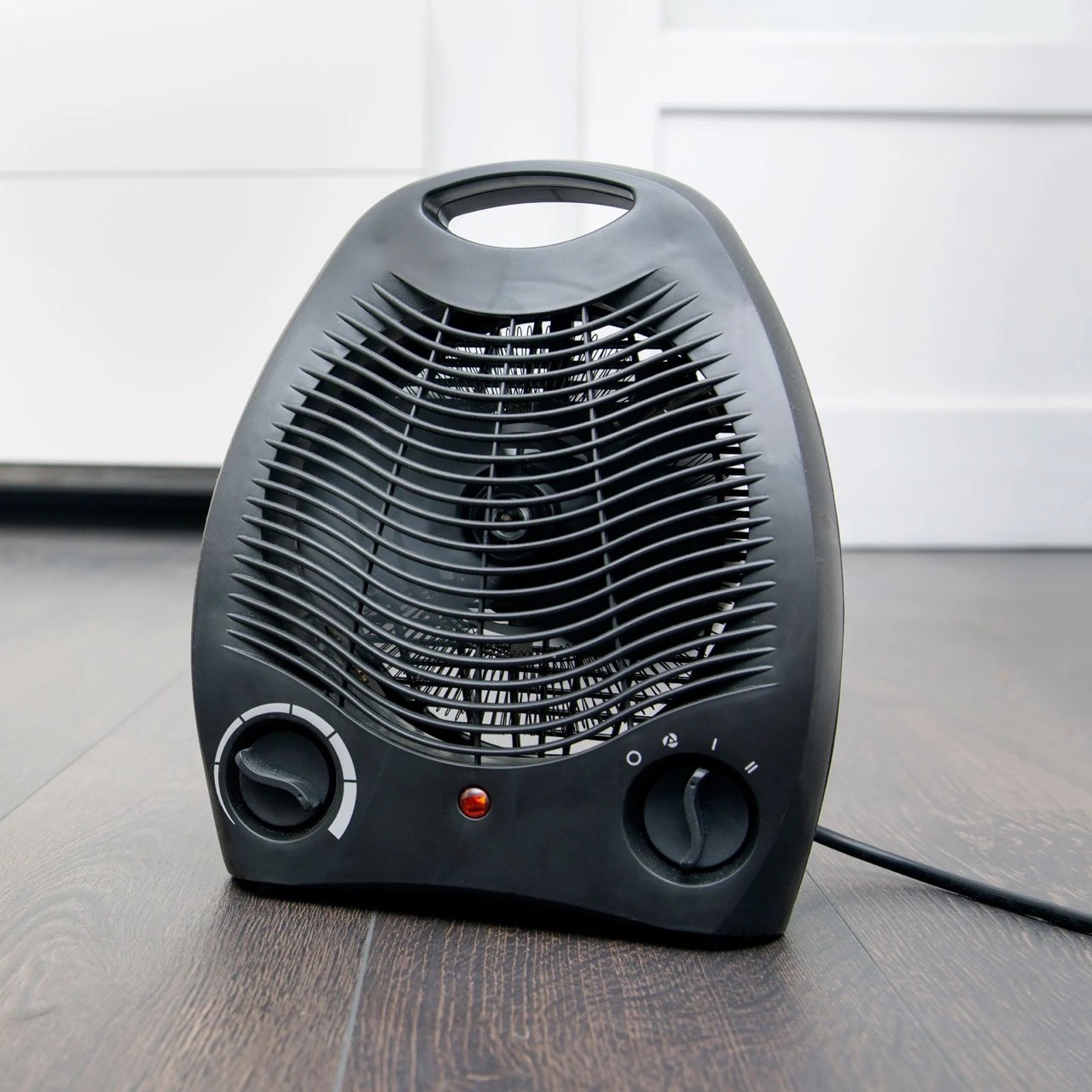
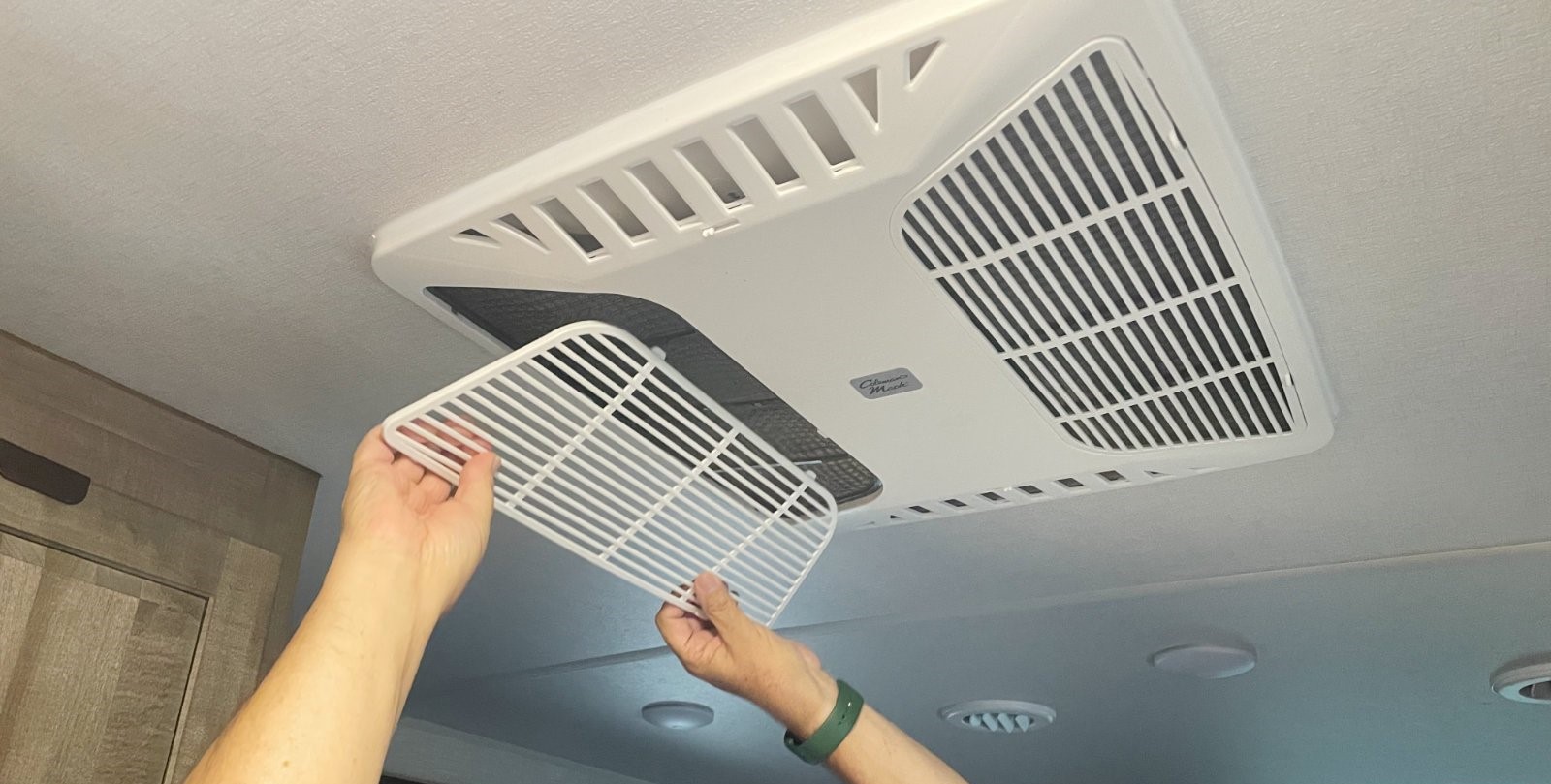
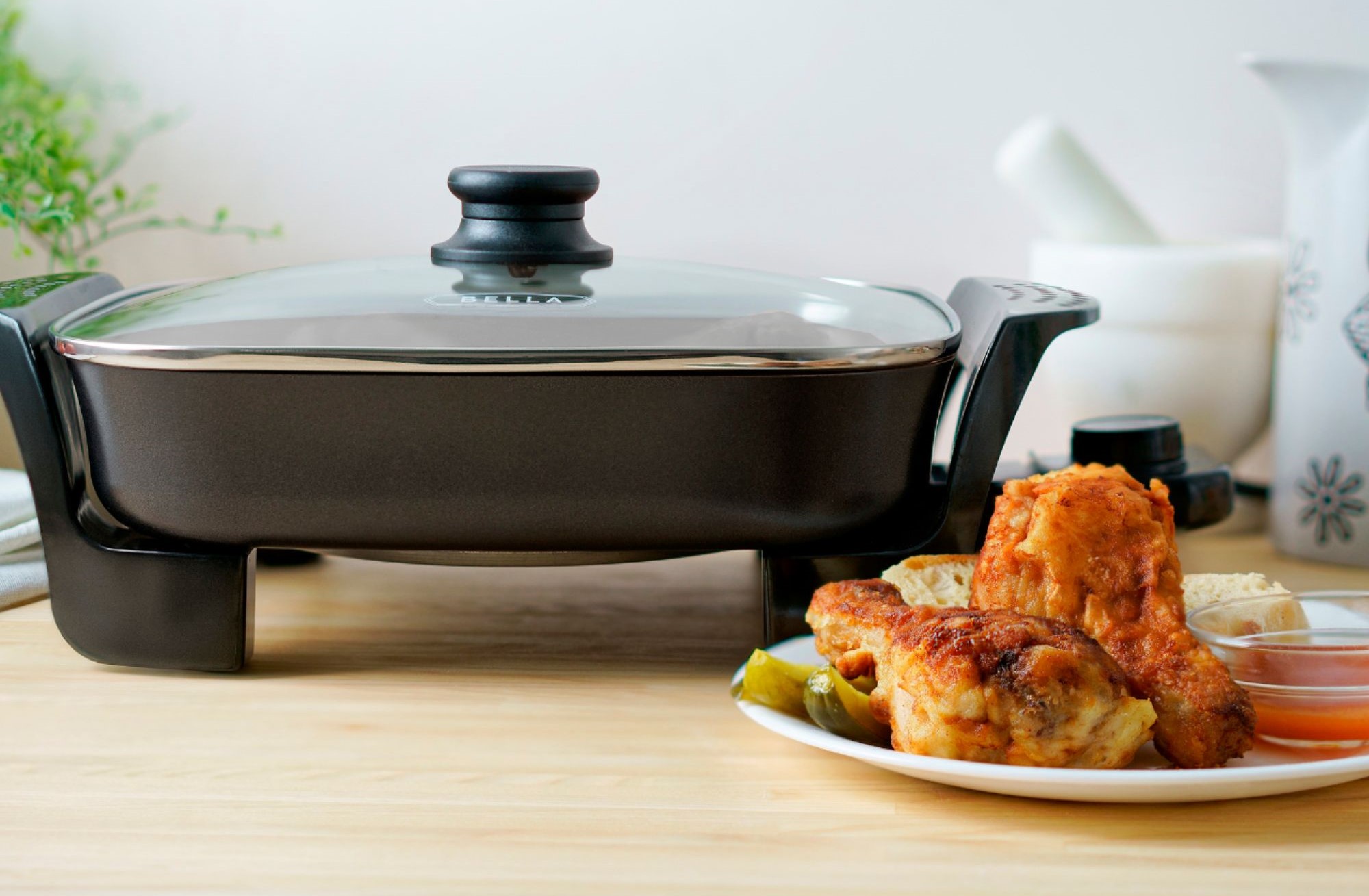
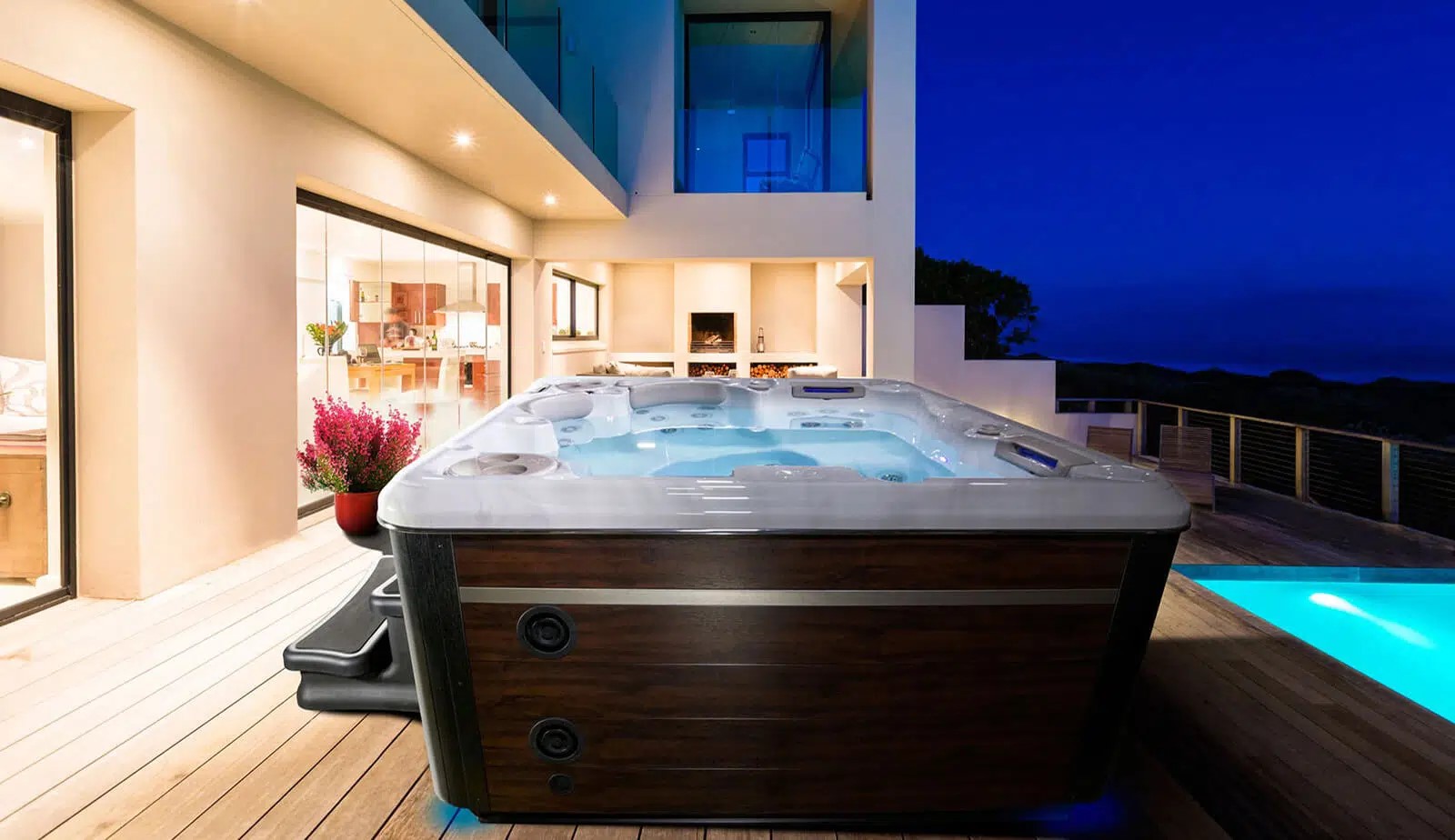
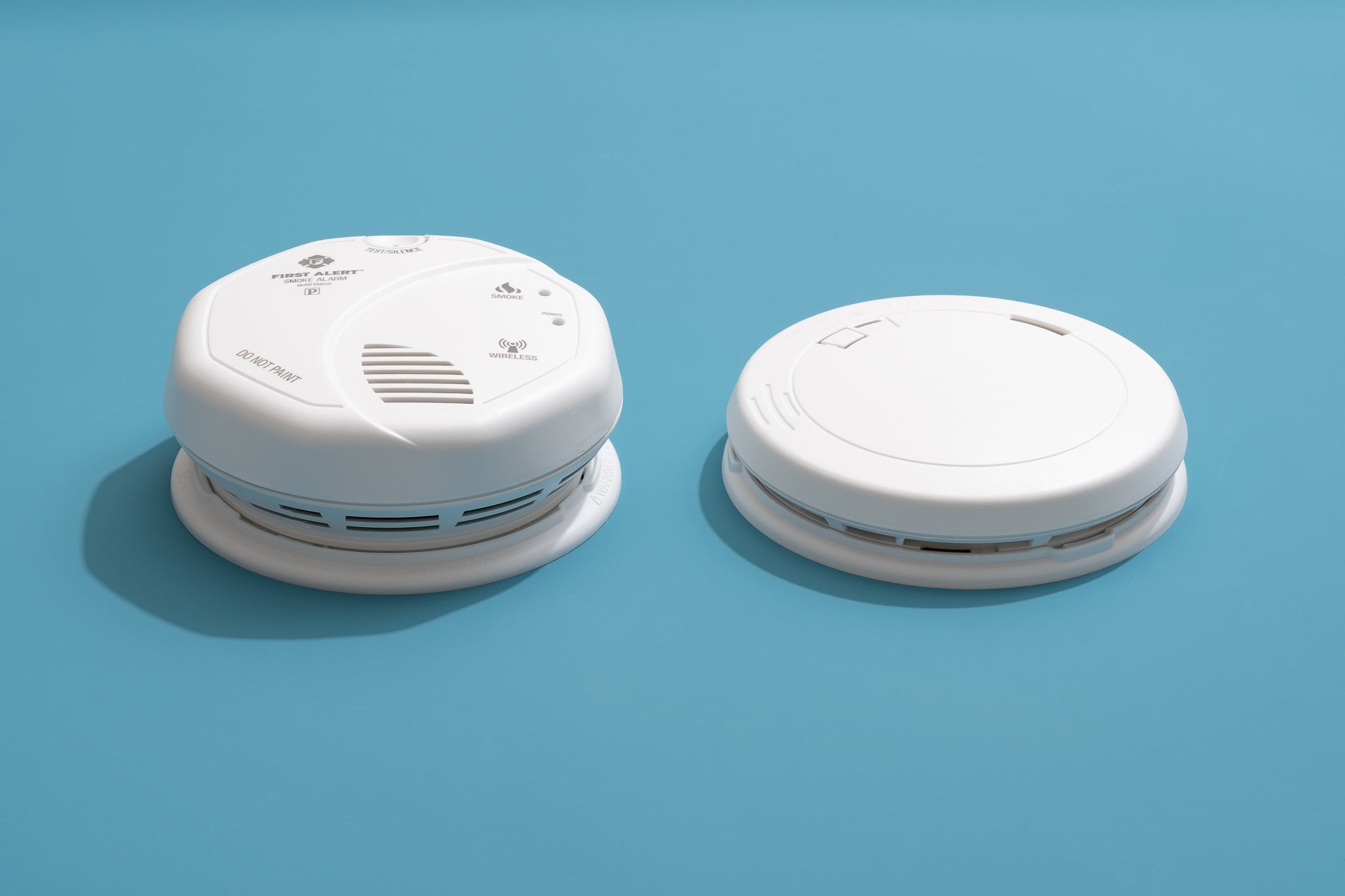
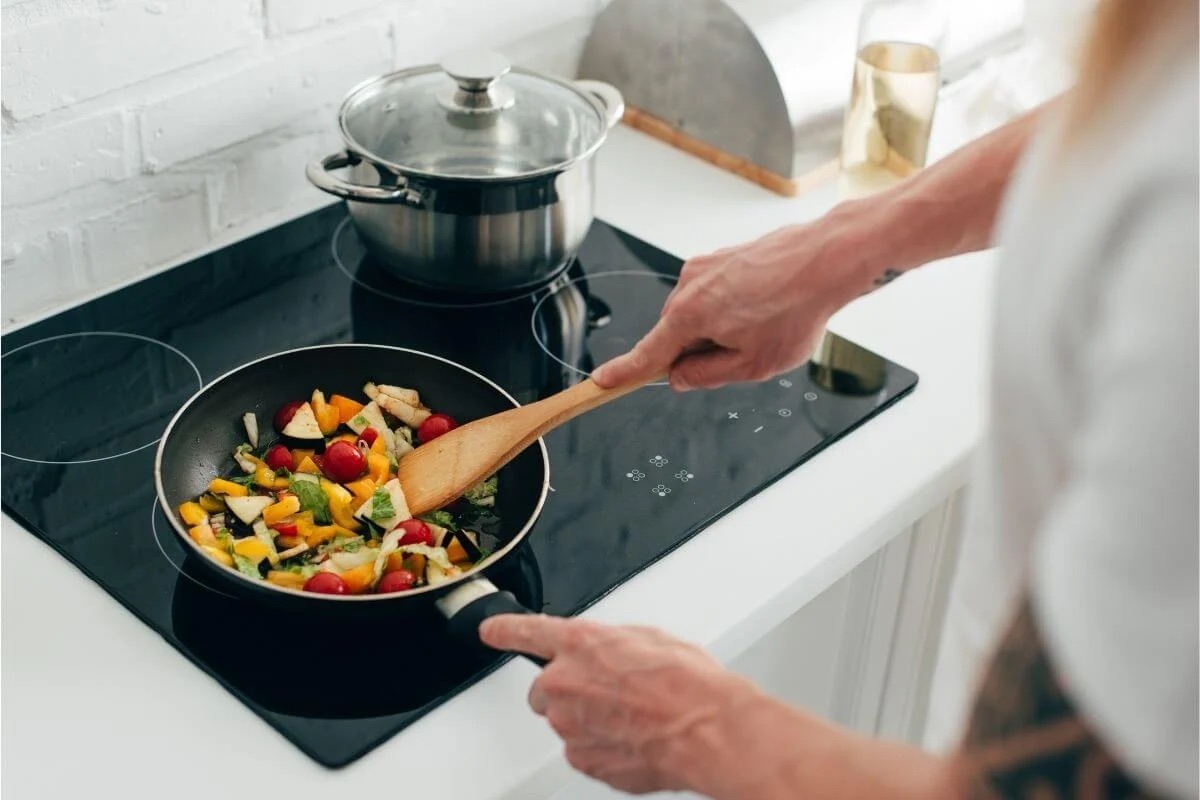
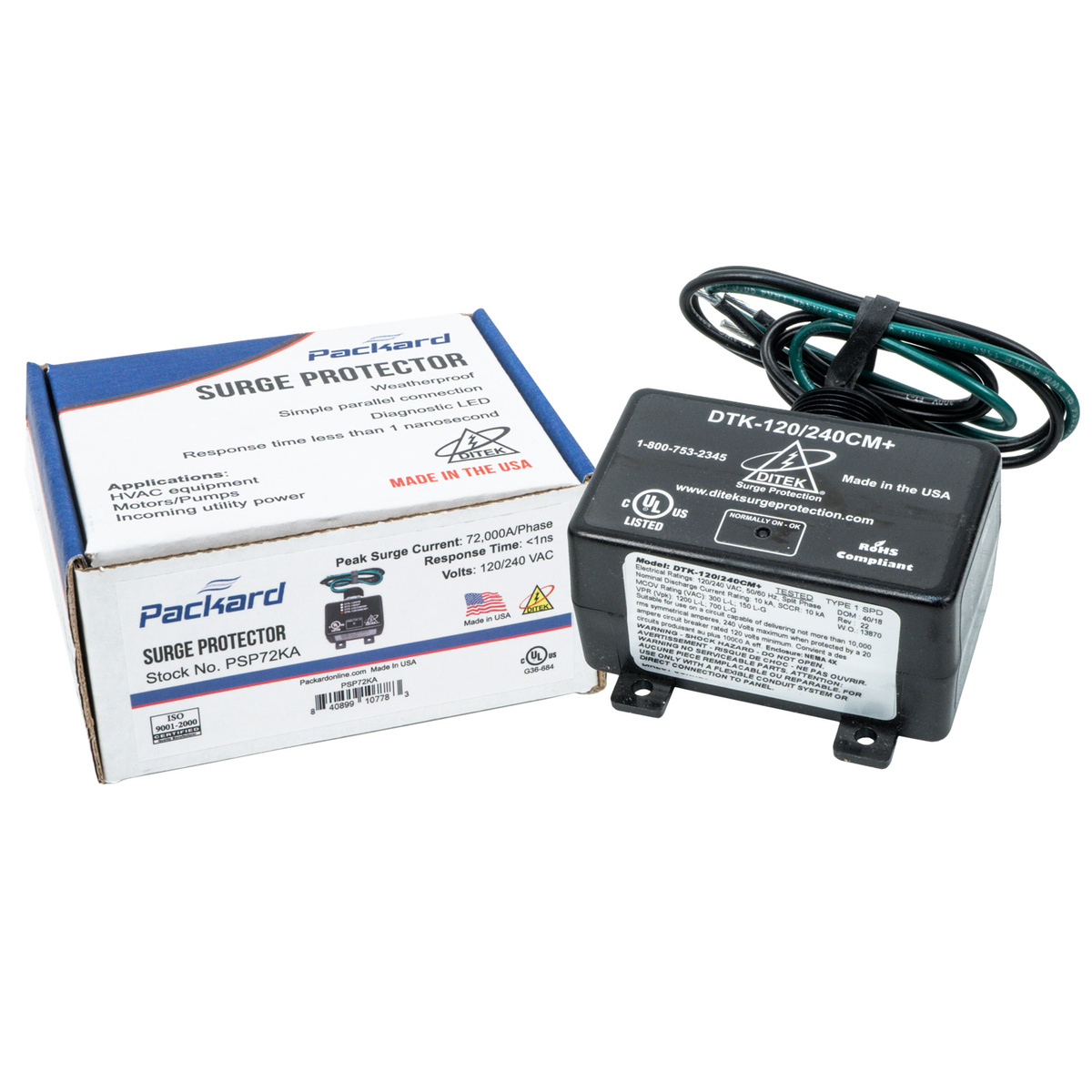
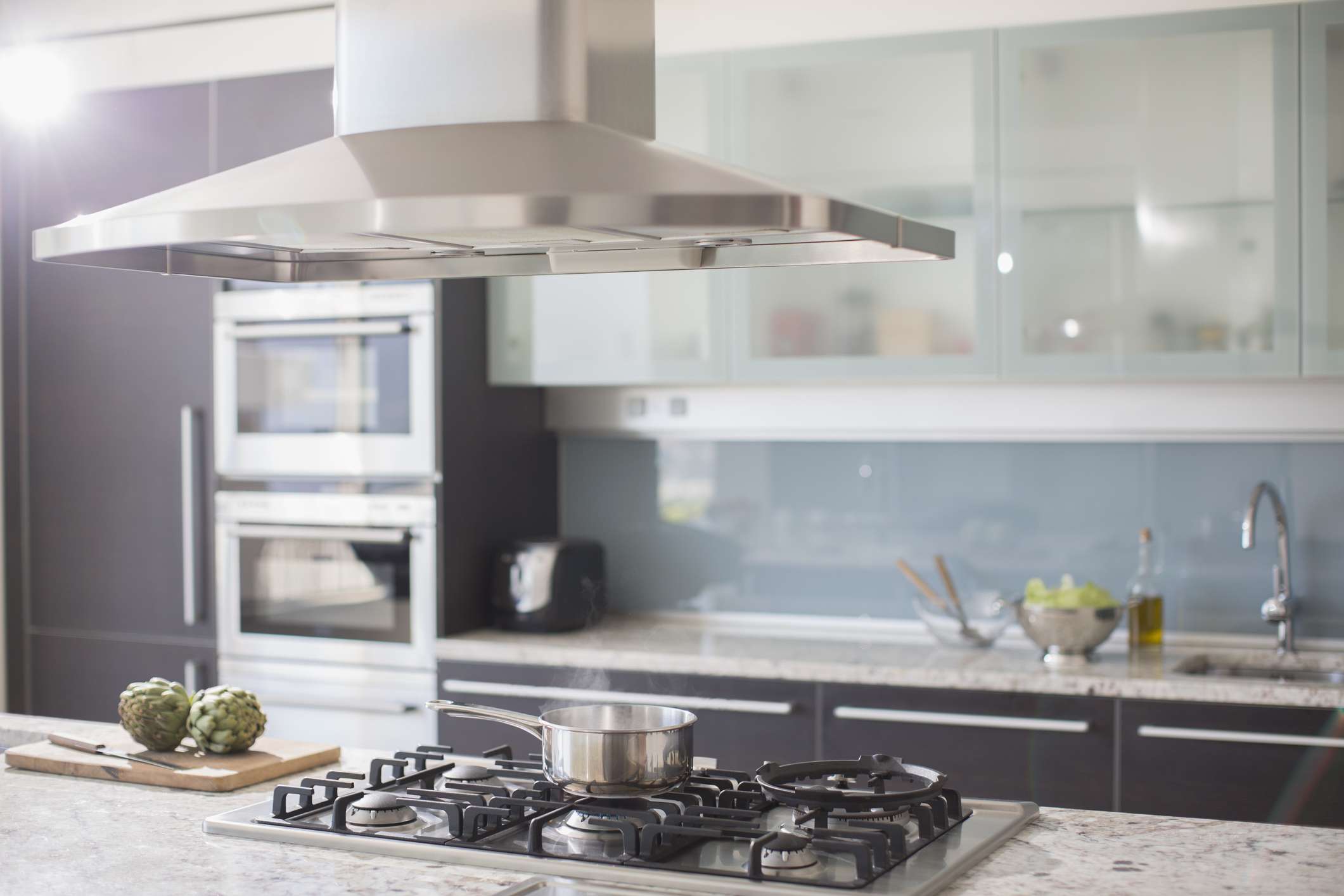
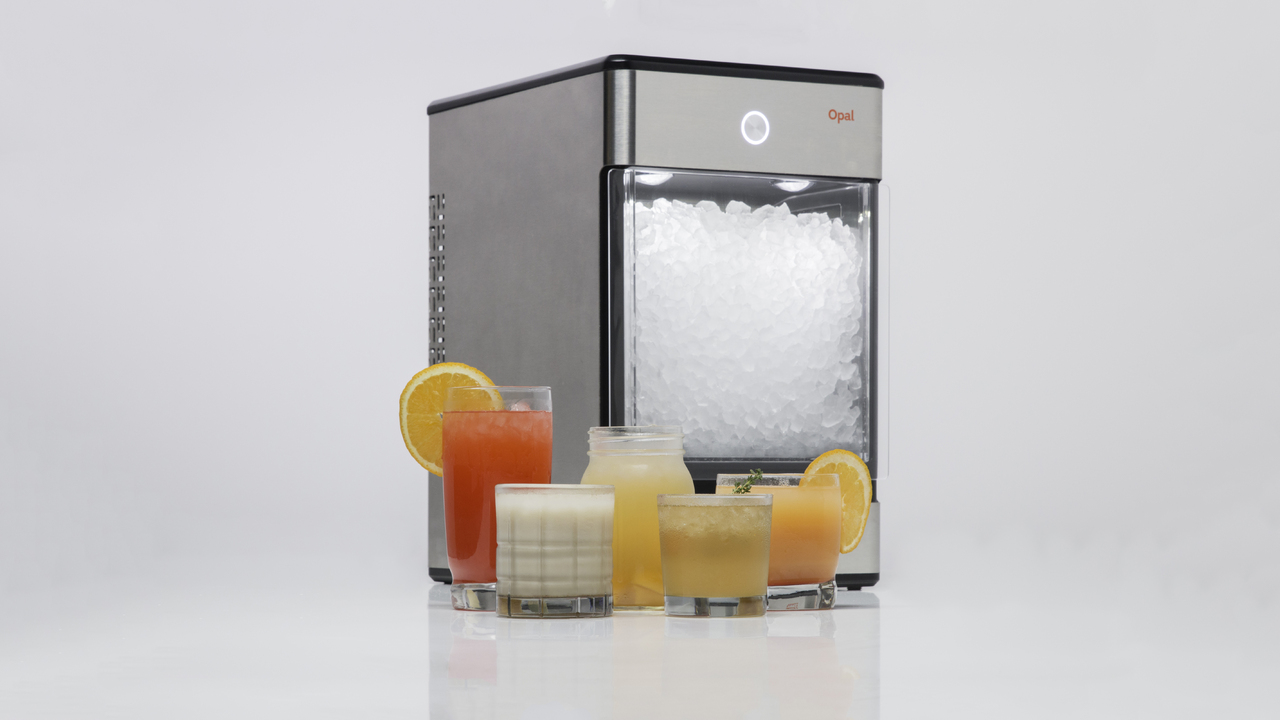
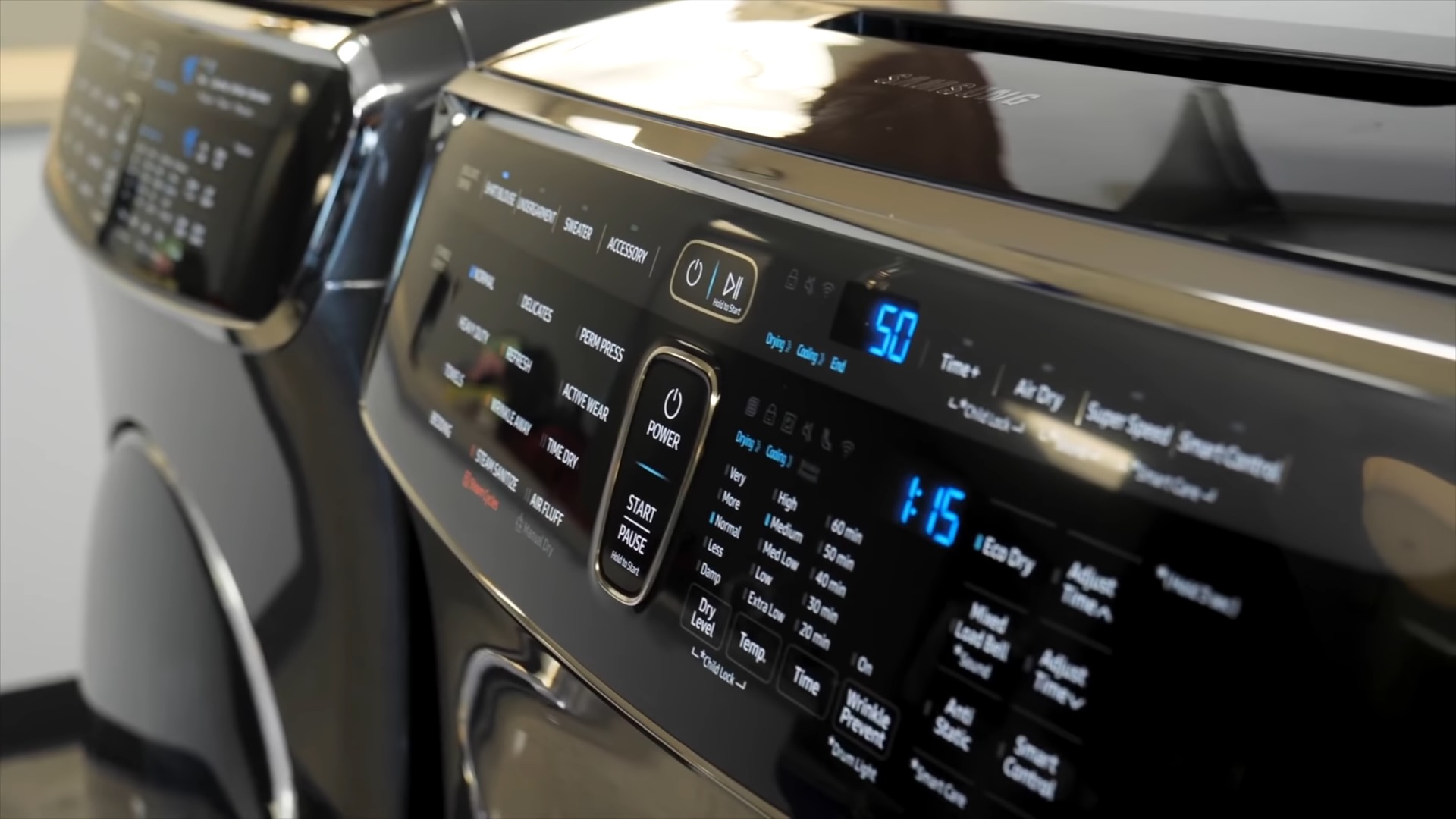

0 thoughts on “How Many Amps Does A Freezer Use”